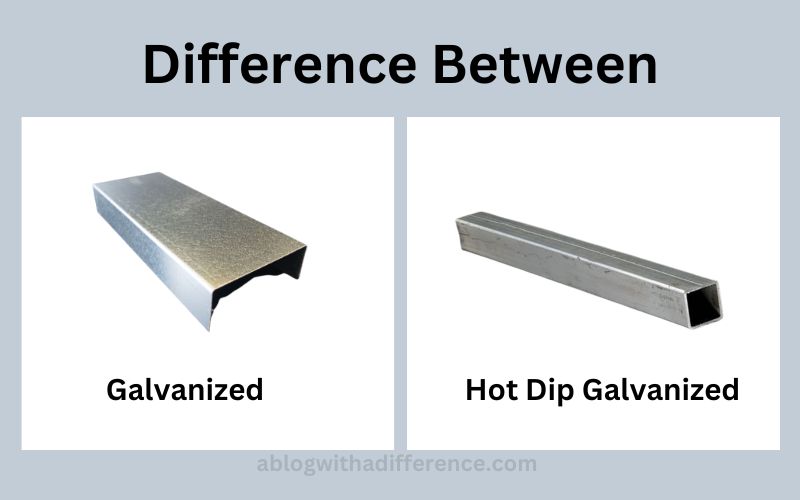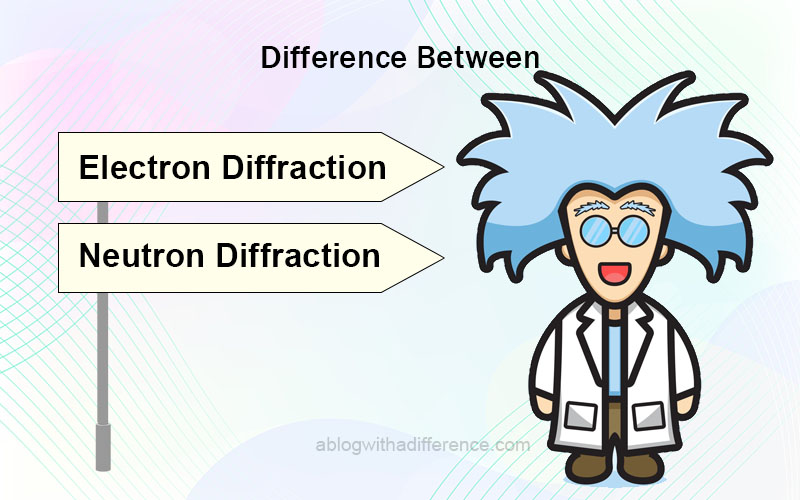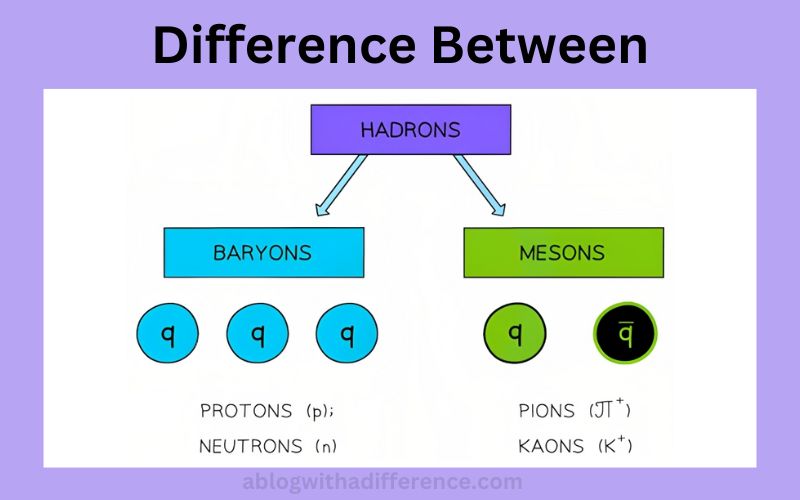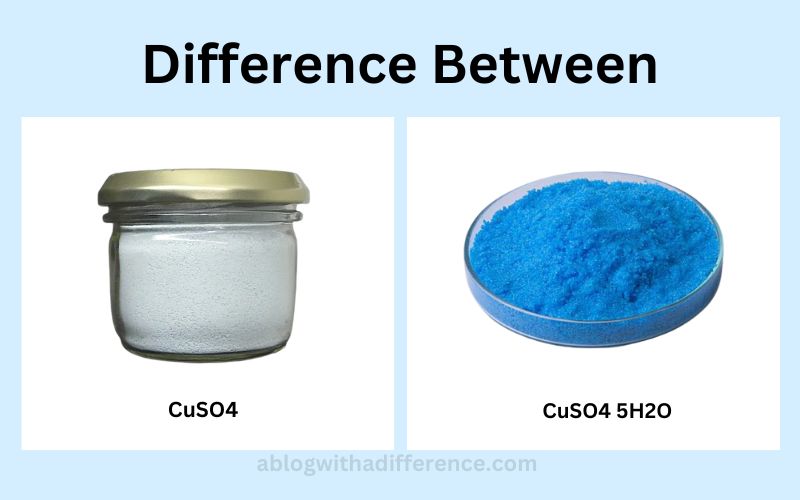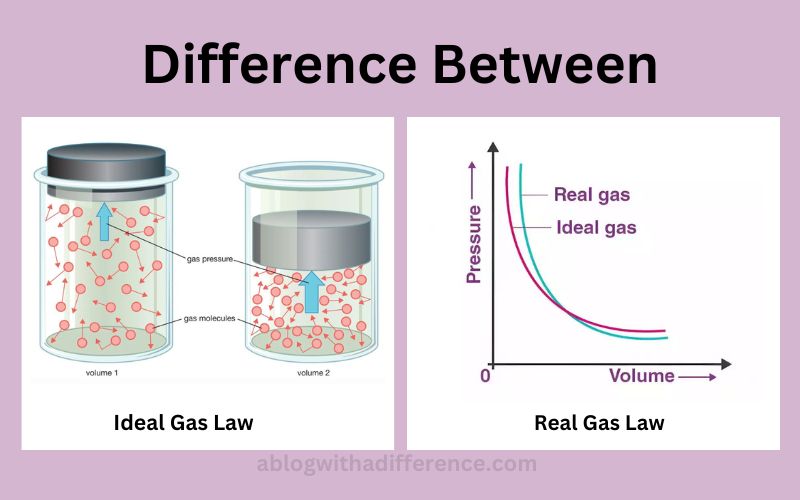A brief introduction to Sacrificial Anode and Impressed Current Sacrificial anodes differ from impressed anodes
A brief introduction to Galvanized and Hot Dip Galvanized Galvanized materials differ from their hot
Electron and Neutron Diffraction differ in the particles used, wavelength, energy range, sensitivity, sample preparation,
A brief introduction to Baryons and Mesons Mesons and baryons differ primarily in that baryons
A brief introduction to CuSO4 and CuSO4 5H2O CuSO4 and CuSO4 5H2O are two chemical
A brief introduction to Ideal Gas Law and Real Gas Law The Ideal Gas Law
View More

